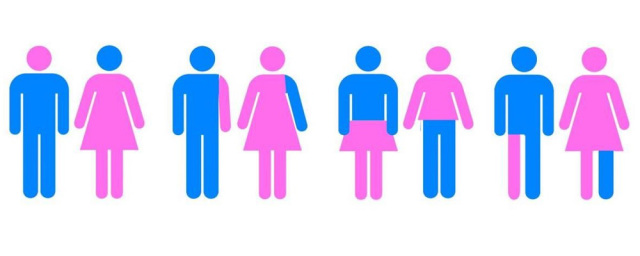I wasn’t going to write this article, but I suppose it fits this month’s theme on Medium: reasonable doubt. In common parlance, “myth” is used to mean something that is false or something that people believe without justification, like an urban legend. But for a mythicist and anthropologist, like myself, that’s simply not the case. The use of the word, in this sense is in many ways very similar to how certain people use the word “theory.”
So what is a myth? Let’s get a bit more basic. What is a narrative? Wikipedia’s explanation is pretty easy to understand.
A narrative or story is a report of connected events, real or imaginary, presented in a sequence of written or spoken words, or still or moving images, or both. The word derives from the Latin verb narrare, “to tell”, which is derived from the adjective gnarus, “knowing” or “skilled”.
On Myths
A myth is a type of narrative. But it’s more than just any story. It’s a story about ourselves. A myth is narrative, which is written with the intention of being truthful, which tries to establish our place in the world.
One can see now why history is a form of myth. It is written with the intention of being truthful, and its goal is to not only explain the past, but to connect the dots from the past to the present, explaining why things are the way that they are today.
History also has other components that other forms of myth don’t have. For one thing, a proper history should have a rough outline explaining how the information was transmitted from the observer to the historian, something I refer to as the genealogy of knowledge [1]. That’s one reason why the bible is myth, but not history.
I want to reiterate that a myth doesn’t have to be true or false. That’s not the point. History is overturned with new information all the time. What’s important is that it is written with the intention of being truthful.
Religion as Myth
One of the most frequent topics in which I hear the abuse of the word “myth” is in discussions on religion. Often it’s used to demean religion and religious people — “ah those people and their Bronze Age myths” — in a way which shows one’s own ignorance of the topic.
Religion does indeed have myths, or at least, that’s one of the cultural dimensions of religion described by Ninian Smart’s seven dimensions of religion. But pretty much every culture has some form of myth, because we all like to have an idea of where we’re from. It’s all a part of trying to find order in nature.




